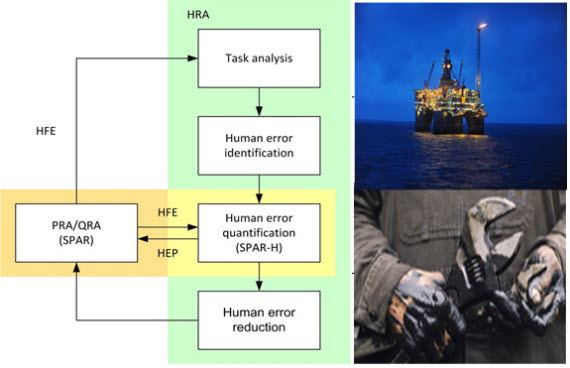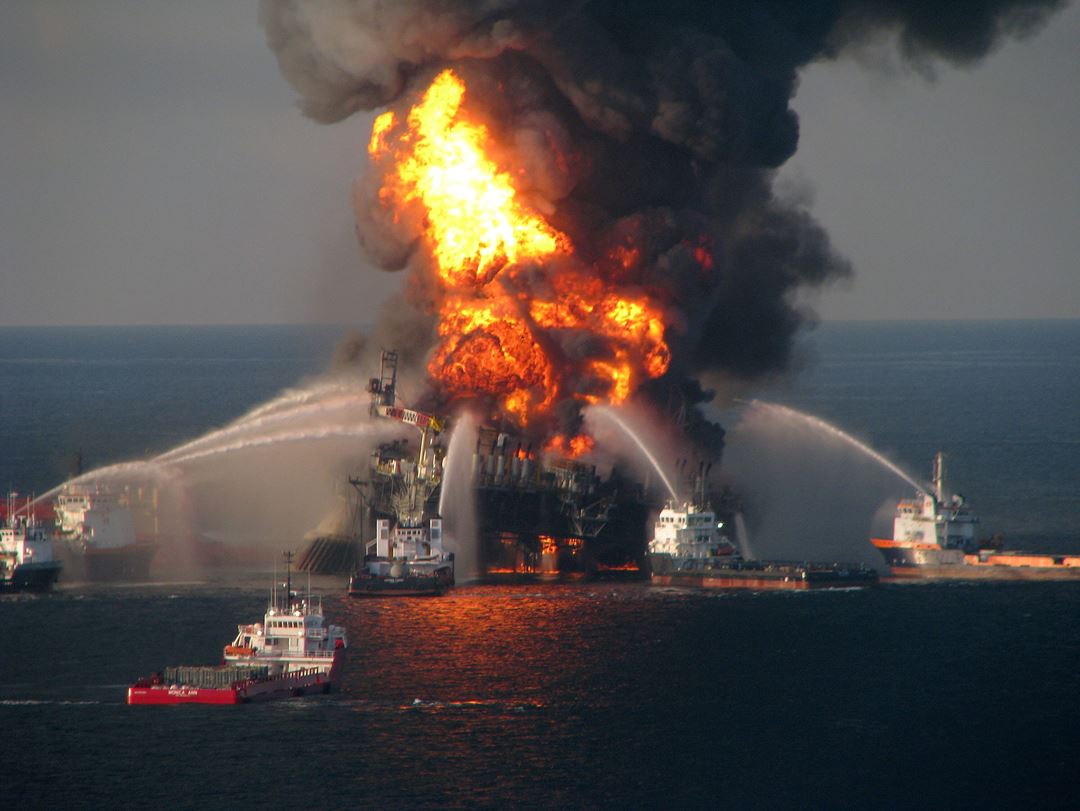The primary objective the Petro-HRA project is to test, evaluate and adjust Human Reliability Analysis (HRA) methods for use in quantifying the likelihood of human error and identifying the impact of human actions on the post-initiator barriers in the main accident scenarios in the petroleum industry.
To fulfil the primary objective of the project, the following secondary objectives will be pursued:
- To develop descriptions of performance shaping factors (PSFs) and PSF multipliers, which are adapted to the petroleum industry
- To develop guidelines that could simplify and ensure the quality of the qualitative HRA analysis process
- To test the use of the Standardized Plant Analysis Risk-Human Reliability Analysis method (SPAR-H) to quantify the likelihood of human error in major accident scenarios
The main purpose of HRA is to provide quantitative input to QRA through human error probabilities (HEPs) of human failure events (HFEs). This human error quantification (HEQ) is the central part of an HRA as illustrated in Figure 1.

Figure 1 Human error quantification as a central part of HRA (Photos: Harald Pettersen/Statoil and www.exponent.com)
The overall Petro-HRA method will include task analysis, human error identification, human error quantification and human error reduction as seen in figure 1. For the HEQ part of the project, the SPAR-H method has been chosen as the HRA method that will be adapted to the petroleum industry. This method was developed as a simple HRA method for estimating the HEPs associated with operator and crew actions and decisions in response to initiating events at commercial U.S nuclear power plants (Gertman et al. 2005).
For more information about the SPAR-H method see http://www.nrc.gov/reading-rm/doc-collections/nuregs/contract/cr6883/
The project is funded by The Research Council of Norway and Statoil through the PETROMAKS programme in the period 2012-2016. The project is owned and managed by IFE with SINTEF, NTNU, Idaho National Laboratory (INL), DNV and Statoil as project participants.
